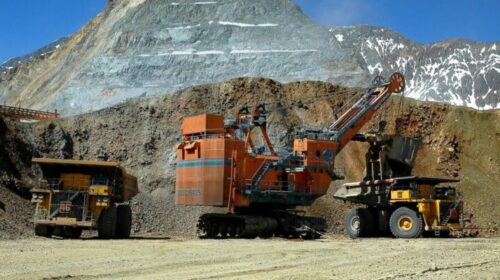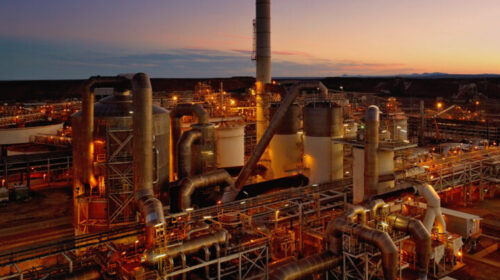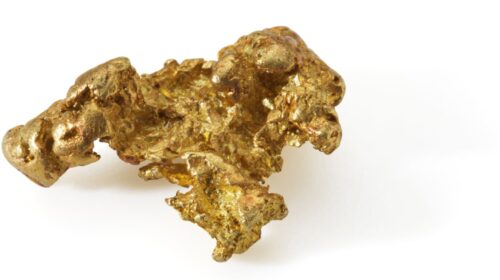‘Normalization of Zambia’s fiscal restrictions significant in the country’s efforts to attract fresh investment’
According to Mark Bristow, CEO of Barrick Gold, the normalization of Zambia’s fiscal restrictions was “a very significant event” in the country’s efforts to attract fresh investment.
Zambian tax policies were revised in its national budget last week, just two months after Hakainde Hichilema was elected as the country’s new president. Mining royalties are now deductible from corporation tax under new laws, overturning a contentious decision made by Hichilema’s successor, Edgar Lungu.
Barrick Gold operates the Lumwana copper mine in Zambia which is on course to contribute roughly 20% of the group’s annual earnings before interest, tax, depreciation and amortisation owing to the improvement in the copper price.
“It’s been an absolute pleasure dealing with this [Hichilema’s] new Government and the real reward is that the mine is delivering,” Bristow said regarding Lumwana which he estimated would deliver $400m a year, and possibly even more with the relaxation in Zambia’s fiscal regime.
Toronto-listed First Quantum Minerals, which is the largest investor in Zambia, said last week that Zambia ought to consider further relaxation of fiscal regulations miners face such as the sliding scale used to calculate royalties to encourage investment.
Zambia has targeted an increase in copper production of about three million tons a year in ten years from the current production of about 800,000 tons. “There’s no doubt that Zambia is under-invested,” said Bristow.
Super pit
The improvement in the copper price also means that Barrick will have more flexibility on whether it proceeds to the development of a super-pit at Lumwana. Bristow said that exploration geologists working at the mine were looking at targeting improved grades and a lower strip ratio to enable this.
The mine currently has a 30-year life at Barrick’s copper price assumption for its 2021 financial year of $2.75 per pound. Lumwana is forecast to produce between 250 and 280 million attributable pounds of copper this year. Production in the group’s third quarter was 56 million pounds, a slight reduction in the second quarter.
Barrick reported 20 US cents a share in net earnings for the third quarter compared to 23c/share in the second quarter, partly owing to a quarter-on-quarter decline in the realised gold price. It declared a nine cents a share quarterly dividend in addition to a third $250m payment related to the proceeds of the firm’s sale of its stake in an Australian mine, Kalgoorlie.
Commenting on the gold price, Bristow said it would benefit in the long run from global economic distress. “World GDP has recovered but it is a lot less (than before the onset of the Covid-19 pandemic). There is no ability of world economies to act and we have these unsustainable equity bubbles,” he said.
Analysts think the short-term direction of the gold price hangs in the balance owing to uncertainty over how the tapering of post-Covid-19 stimulus by the US Federal Reserve will impact the economy. “There’s not much different now with 2010 when we thought we were all over the global economic crisis,” said Bristow.
![]()





